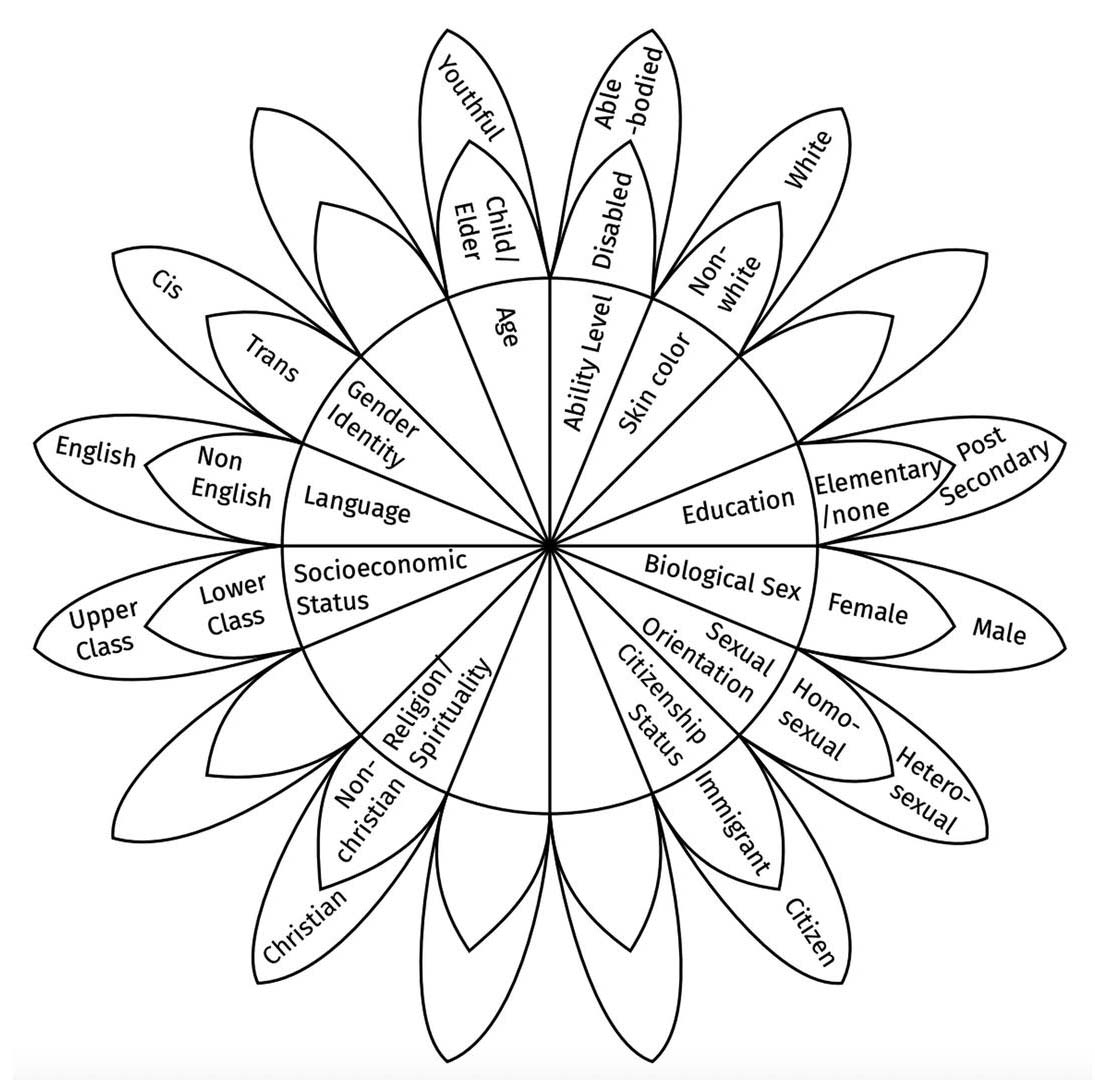Understanding Intersectionality – What It Means and Why It Matters Today
There are many sources of oppression which overlap and become compounded. It’s important to acknowledge that there are also identity factors that creates a complex web which is viewed through the lens of ‘Intersectionality’.
What is Intersectionality?
Dating back to the 1980’s Kimberle Crenshaw, a legal scholar, the term was used to specifically illustrate the marginalized communities. Crenshaw explained that ‘Intersectionality’ is a way of understanding social relations by examining intersecting forms of discrimination to an individual or group’s well-being. It analyzes people’s overlapping identities and experiences to understand the complexity of the prejudices they face, and how those intersecting identities connect to systems of oppression.
Intersectionality finds that people are often disadvantaged by multiple sources of oppression like racism, sexism and ageism that might be present at the same time in an individual’s life. The different sources of oppression exist on their own but when combined, they can transform into a different lived experiences amongst categories of people.

Why is it important?
Understanding intersectionality is essential to combatting underlying prejudices that people face in their daily lives. It brings validation and awareness of the differences in marginalized groups which then creates unity and structural change.
Recognizing intersectionality is an important part of practicing inclusion both at work and at home because it defines how different identity factors contribute to our unique perspective. In order to understand the level of disadvantage that a person has, it is important to be mindful of all of these complex factors together.
To better demonstrate the idea of Intersectionality, we invite you to participate in a reflective individual exercise. The exercise worksheet displays various lines along which our society is divided. The inner petals represent the more privileged groups, while the outer petals represent the less-privileged groups.
To complete the exercise, mark the inner or outer petal for each category, depending on what you identify with for each category. The worksheet refers to constructed categories. Keep in mind that this simplified worksheet doesn’t necessarily represent reality, but, the categories each have an effect on society, the distribution of privilege and access to resources.
Click here to Complete the Intersectionality Exercise.
